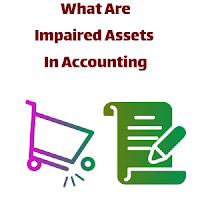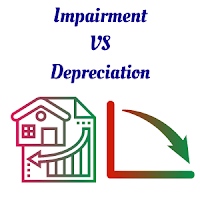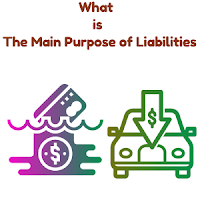What is Commission Pay

Commission Pay means that the payment made to employees based on some specific tasks, projects, targets that should be met in order to qualify for commission pay or incentive. So, it is a form of remuneration or reward given to employees when they meet specific sales targets or achieve specific performance required for the tasks, etc. It may also be given in addition to basic salary to employees. You Can Also Study, “ What is Commission Account ” Usually, the commission pay is based on the percentage of sales made by a sales manager in a given sales campaign for a specified time period usually weekly, monthly or quarterly. It is given to improve the working performance of the employees so that they try to make sales or meet the targets on time in order to get more incentives or packages if particular target is achieved. For example, the company may give commission to a sales manager equal to 10% of every sale made. ...











